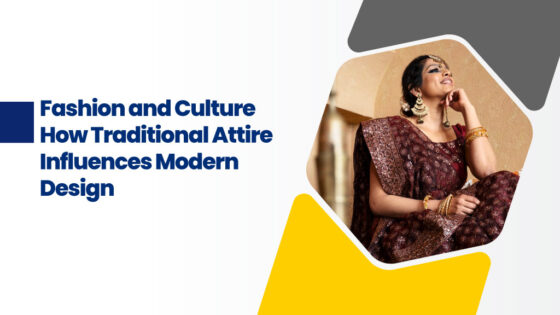The fashion industry has undergone a significant transformation in the digital age, with social media playing a pivotal role. Platforms like Instagram, Pinterest, and TikTok have revolutionized how fashion is marketed, consumed, and perceived. This blog explores the profound impact of social media on fashion, highlighting the role of influencers, digital marketing strategies, and the importance of fashion design education. Karpagam Architecture, known for its excellence among B Des Fashion Design Colleges in Coimbatore, is at the forefront of nurturing future fashion innovators.
The Rise of Social Media in Fashion
Social media platforms have become integral to the fashion industry. Instagram, with its visual-centric approach, allows brands and designers to showcase their collections to a global audience instantly. Pinterest serves as a digital mood board, inspiring countless fashion enthusiasts and designers. TikTok, with its short, engaging videos, has emerged as a powerful tool for setting trends and reaching younger demographics.
Fashion marketing and branding have evolved dramatically through social media. Brands can engage directly with their audience, create personalized content, and build strong communities around their products. Influencers and brand ambassadors play a crucial role in this ecosystem, driving trends and influencing consumer behavior through their content and collaborations.
The Impact of Social Media on Fashion Trends
The fast-paced nature of social media has led to the rise of fast fashion and instant trends. Trends that once took months or even years to develop can now emerge and fade within days. User-generated content, such as outfit posts and styling tips, has democratized fashion, allowing everyday users to influence trends and contribute to the fashion conversation.
Real-time feedback and consumer engagement are other significant impacts of social media on fashion. Brands can gauge public opinion on new collections, campaigns, and designs almost instantly, allowing for quick adjustments and more responsive marketing strategies.
The Power of Influencers and Bloggers
Influencers and bloggers have become key players in shaping fashion trends. With their large followings and authentic engagement, influencers can introduce new styles, brands, and products to their audiences. Collaborations between influencers and fashion brands often result in successful campaigns that drive sales and brand awareness.
Successful influencer-driven campaigns, such as those by brands like Revolve and Fashion Nova, highlight the power of social media personalities in the fashion industry. These collaborations leverage the influencer’s credibility and reach to create impactful marketing strategies.
Digital Marketing Strategies in Fashion
Fashion brands employ various digital marketing strategies to maximize their social media presence. Utilizing hashtags, stories, and live sessions helps increase visibility and engagement. Visual content is paramount in fashion marketing, with high-quality images and videos being essential for capturing the audience’s attention.
Storytelling through social media posts, behind-the-scenes content, and user-generated content campaigns are effective tactics. These strategies create a more relatable and engaging brand image, fostering a deeper connection with consumers.
E-Commerce and Social Shopping
The integration of e-commerce with social media platforms has revolutionized the shopping experience. Shoppable posts on Instagram and in-app purchases on platforms like Facebook and TikTok make it easier for consumers to buy products directly from their social media feeds.
Social shopping offers numerous benefits, including a seamless shopping experience and increased impulse purchases. However, it also presents challenges, such as maintaining data security and providing a consistent brand experience across multiple platforms.
Education and Career Opportunities in Fashion Design
A formal education in fashion design is crucial for those aspiring to enter the industry.
B Des Fashion Design Colleges in Coimbatore, such as Karpagam Architecture, offer comprehensive programs that combine creative and technical skills with industry insights. These institutions are among the best fashion designing colleges in Tamilnadu, providing students with the knowledge and experience needed to succeed in the competitive fashion world.
Future Trends in Fashion and Social Media
The future of fashion and social media will likely see further integration of technology. Augmented reality (AR) and virtual try-ons are becoming more prevalent, offering consumers interactive and personalized shopping experiences. Sustainable fashion movements are gaining traction online, with brands and influencers promoting eco-friendly practices and products.
The role of technology in fashion marketing will continue to evolve, with advancements in artificial intelligence (AI) and data analytics providing deeper insights into consumer behavior and preferences.
Conclusion
Social media has indelibly shaped the fashion industry, driving trends, enhancing consumer engagement, and revolutionizing marketing strategies. Aspiring fashion designers and industry professionals must leverage social media to stay relevant and competitive. Institutions like Karpagam Architecture, recognized among the best fashion designing colleges in Coimbatore, play a vital role in preparing students for this dynamic landscape. Embrace the power of social media and pursue a fashion design education to thrive in the digital age of fashion.





